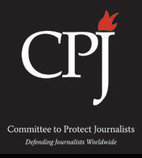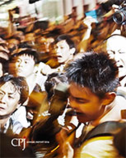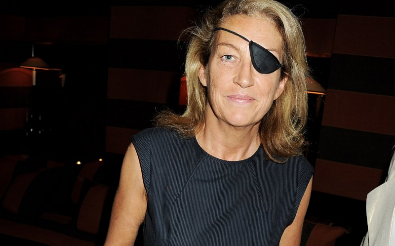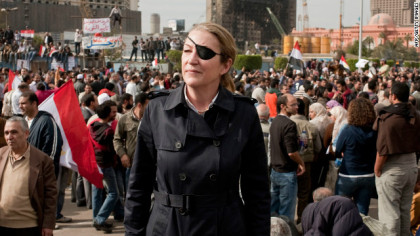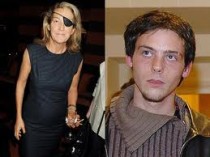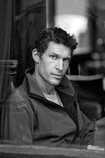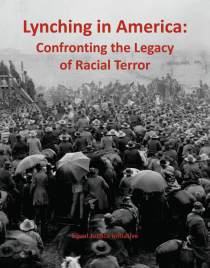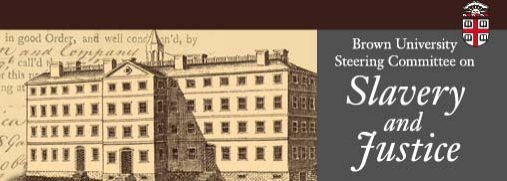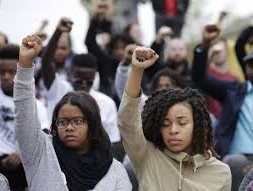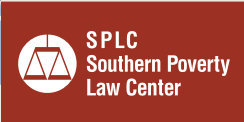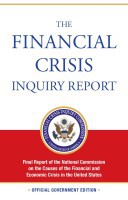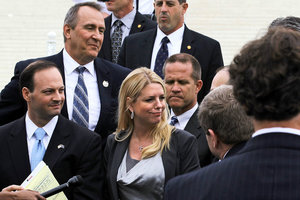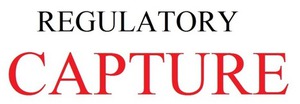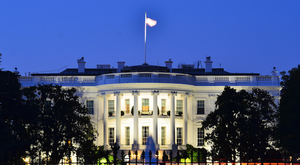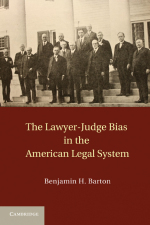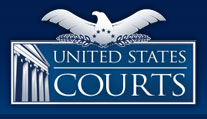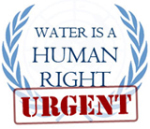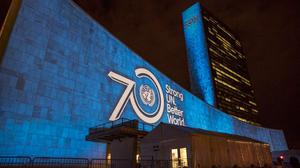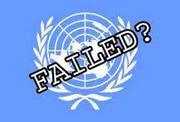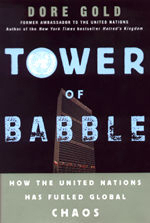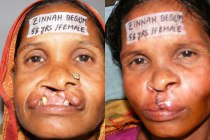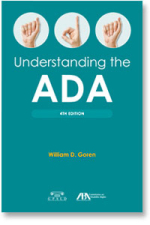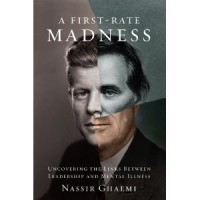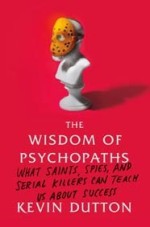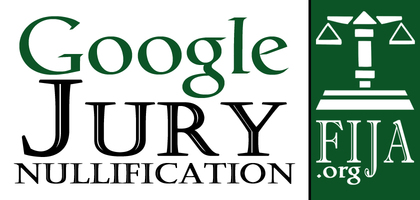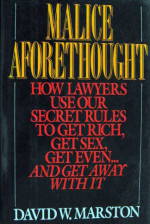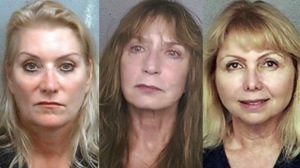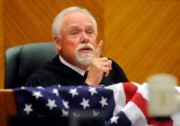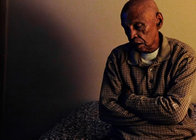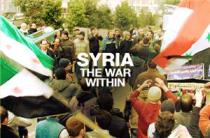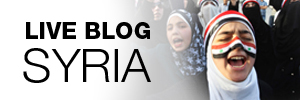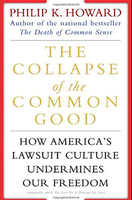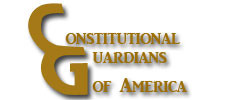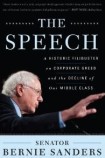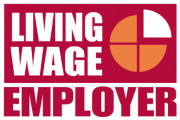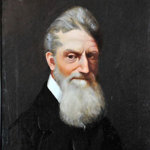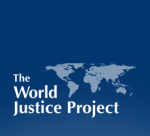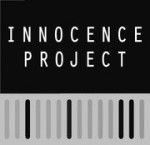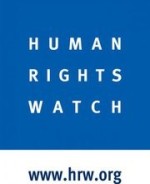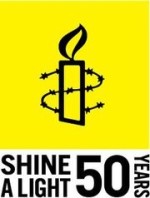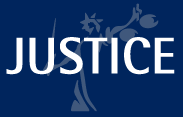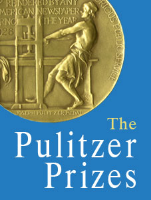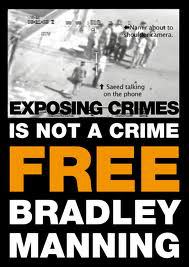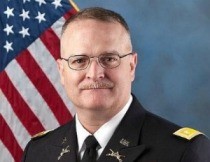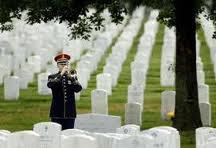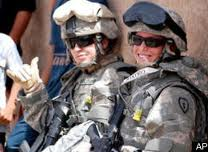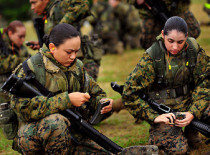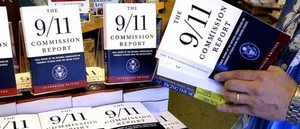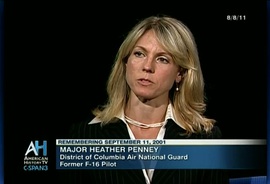The Committee to Protect Journalists - CPJ
1190 Journalists Killed since 1992 while doing their jobs; a number of them were murdered without any consequence for their killers.
Committee to Protect Journalists
Committee to Protect Journalists
330 7th Avenue, 11th Floor
New York, NY 10001
info@cpj.org
Tel +1 212-465-1004
Fax +1 212-465-9568
The Committee to Protect Journalists is an independent, nonprofit organization that promotes press freedom worldwide. We defend the right of journalists to report the news without fear of reprisal.
The Committee to Protect Journalists fights for the rights of journalists around the world to report the news freely without fear of reprisal. As a nonprofit, nonpartisan organization, CPJ relies solely on contributions from individuals and corporations to carry out our important work. In order to preserve our independence, we do not accept any government grants or support of any kind. Read more. See the 2015 annual report PDF
Attacks on the Press: Women on the Frontlines
Attacks on the Press: Women on the Frontlines
Published on Apr 29, 2016
How do gender-related threats to journalists affect freedom of the press around the world?
The Newseum Institute and the Committee to Protect Journalists launched CPJ's book, "Attacks on the Press: Gender and Media Freedom Worldwide," on April 27 with a
discussion panel of journalists on their experiences reporting on the front lines, dealing with sexualized violence, and countering gender-related threats and restrictions.
Panelists:
Lara Logan, CBS correspondent, "60 Minutes"
Michelle Ferrier, author and founder of Trollbusters
Molly McCluskey, freelance foreign correspondent
Arzu Geybullayeva, freelance Azerbaijani journalist and blogger
Moderated by Martha Raddatz, ABC News chief global affairs correspondent
CPJ Board Chairman Sandy Rowe provided opening remarks.
The publication of "Attacks on the Press" is underwritten by Bloomberg. The program was co-sponsored by the Newseum Institute and the Committee to Protect Journalists.
See more at cpj.org/2016/04/attacks-on-the-press.php.
Follow @pressfreedom and join the conversation on
Twitter at #AttacksOnPress.
Marie Colvin’s Family Blames Assad for Her Death
Marie Colvin’s Family Blames Assad for Her Death
The Daily Beast
By Paul Wood
SLOW JUSTICE
07.09.16 7:30 PM ET
Award-winning Sunday Times journalist was killed in Baba Amr in 2012. Her relatives say she was murdered by the Baath regime.
Baath Arab Socialist Party
National Security Bureau
"One Arab Nation Bearing an Eternal Message."
Confidential - Urgent
To Comrade Secretary of the Baath Party in the Governorates of Hama, Rif Dimashq, Deir Al Zour, Homs, Idlib, Daraa
Greetings: In its meeting in Damascus on Friday August 5, 2011, the Central Crisis Management Cell discussed the serious consequences of a lax response to the current crisis, allowing armed gangs to continue looting, plundering, killing, and intimidating citizens.
Therefore, you are requested to: organize daily joint security-military patrols…to raid the hiding places of those wanted for vandalism, murder, and assault against citizens, private property, and government departments. Apprehend these persons, particularly those inciting people to demonstrate, financiers of demonstrators, members of coordination committees who organize demonstrations, agents who communicate with persons abroad to perpetuate the protests, and those who tarnish the image of Syria in foreign media and international organizations.
So began the Syrian regime’s war on journalists. The fax, signed "Comrade Head of the National Security Bureau," was obtained by lawyers acting for the family of Marie Colvin, the American journalist killed by artillery fire in Homs in February 2012. They say they have documents and witness testimony proving her death was not accidental, but part of a quite cold, deliberate and premeditated plan by the regime to murder journalists, both foreign and Syrian.
It’s true the fax talks only about "apprehending" demonstrators, activists and journalists, but the Colvin family’s lawyers say that, as the regime became more desperate, the orders evolved. "Apprehend" became "kill." And this is a conspiracy, it is claimed, that goes right to the top. The "Central Crisis Management Cell," which issued the fax above, was President Bashar al-Assad’s war cabinet. Among the members was his brother, Maher, who commanded the Republican Guard and the elite 4th Armored Division. The CMCC also included President’ Assad’s trusted intelligence chief, Ali Mamluk, and the Deputy Defense Minister, Assef Shawkat, who was far more important and powerful than his title would suggest.
In January, 2012, Mamluk and Shawkat had talks with a group of monitors from the Arab League. By this time, the uprising in the streets had become an armed insurgency. One of its main strongholds was the suburb of Babr Amr in Homs. However tiny, it was perhaps the only piece of territory that the rebels of the Free Syrian Army could truly call their own. According to the evidence obtained by the Colvin family’s lawyers, Shawkat told the Arab League monitors that the media were his main obstacle to regaining control there. He could destroy Baba Amr in ten minutes, he said, if there were no cameras. The Baath regime was perhaps looking to its history. In 1982, President Assad’s father had destroyed the city of Hama in a rain of artillery fire. Some 10,000-20,000 people died there – there is no accurate estimate even today – but not one single image of the carnage was published. The regime feared that, in the age of the cameraphone and YouTube, they would not be able to accomplish this in Babr Amr. Read more
Journalist Marie Colvin, Remi Ochlik, Killed In Syria
Marie Colvin - Sunday Times
Marie Colvin, Wikipedia "My job is to bear
witness. I have never been interested in knowing what make of plane had just bombed a village or whether the artillery that fired at it was 120mm or 155mm."
Daily Mail - Mail Online
By Charles Walford and Nabila Ramdani
February 23, 2012
Mother of veteran war reporter Marie Colvin said her daughter was due to leave Syria on SAME DAY she was killed by a rocket
The mother of journalist Marie Colvin, who died in a rocket attack in Syria, said her daughter was on the verge of leaving the city because it was so
dangerous.
Rosemarie Colvin described her daughter as passionate about her work, even when it got extremely hard.
The 55-year-old Sunday Times reporter died alongside French photographer Remi Ochlik, 28, in a rocket attack on the besieged city of Homs this morning.
Speaking from her home in East Norwich, New York, Mrs Colvin said: 'She was supposed to leave (Syria) today,' adding that her daughter had spoken yesterday with her
editor at the Sunday Times who ordered her to leave because it was so dangerous.
Mrs Colvin said: 'She had to stay. She wanted to finish one more story.'
The award-winning journalist was the eldest of five children and is survived by her mother, two sisters and two brothers.
Her mother told reporters: 'The reason I've been talking to all you guys is that I don't want my daughter's legacy to be ''no comment'' ... because she wasn't a ''no
comment'' person.'
'Her legacy is: Be passionate and be involved in what you believe in. 'And do it as thoroughly and honestly and fearlessly as you
can.'
Tim Hetherington killed in Libya, Director of "Restrepo"
Tim Hetherington, 40, killed in Libya
Vanity Fair
by David Friend
April 20, 2011
Tim Hetherington, photojournalist, filmmaker, and Vanity Fair contributing photographer, was killed today while covering the conflict in Misrata, Libya. "Tim died about
two hours ago," said Peter N. Bouckaert, of Human Rights Watch, in Geneva, a friend of Hetherington’s. "Three other journalists were also hit [in an] R.P.G. attack, one being Getty photographer Chris
Hondros [who was seriously wounded]; photographer Guy Martin, of the Panos Agency, who is in very serious condition; and a freelancer, Michael Brown, who is slightly wounded."
The U.K.-born, Brooklyn-based Hetherington, 40, who had dual British and American citizenship, was best known for his work in Afghanistan, much of it shot for Vanity
Fair. In 2007, he won the coveted World Press Photo of the Year Award for his coverage of American soldiers in the Korengal Valley—one of four World Press prizes he received. Those assignments in
Afghanistan served as the basis of the 2010 Oscar-nominated documentary Restrepo, which he directed with Vanity Fair contributor (and his longtime journalistic collaborator) Sebastian Junger, author
of The Perfect Storm. The film was recognized for its decidedly apolitical approach to the war. Hetherington also created short films about the G.I.’s he encountered in the Korengal and released a
book of photographs, Infidel, examining the lives of the men of a battle company of the 173rd Airborne. Read more


